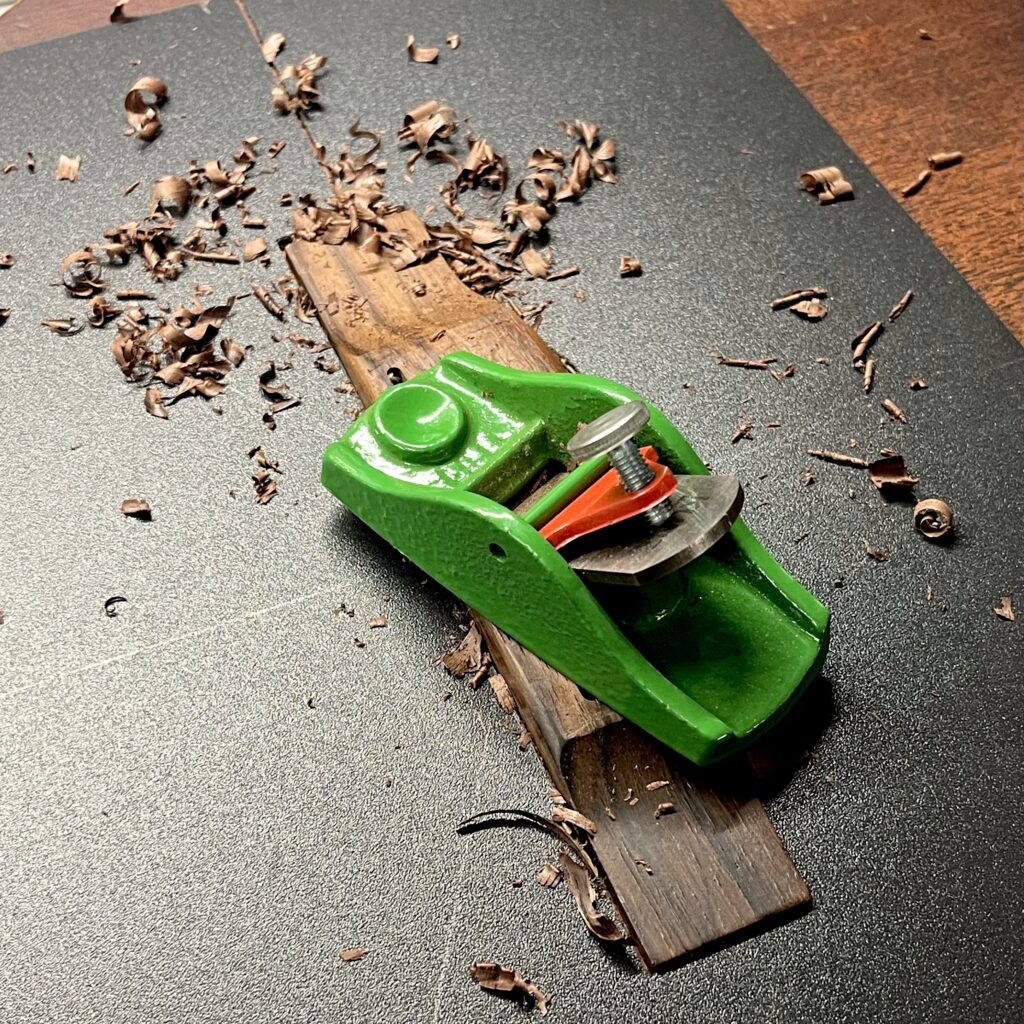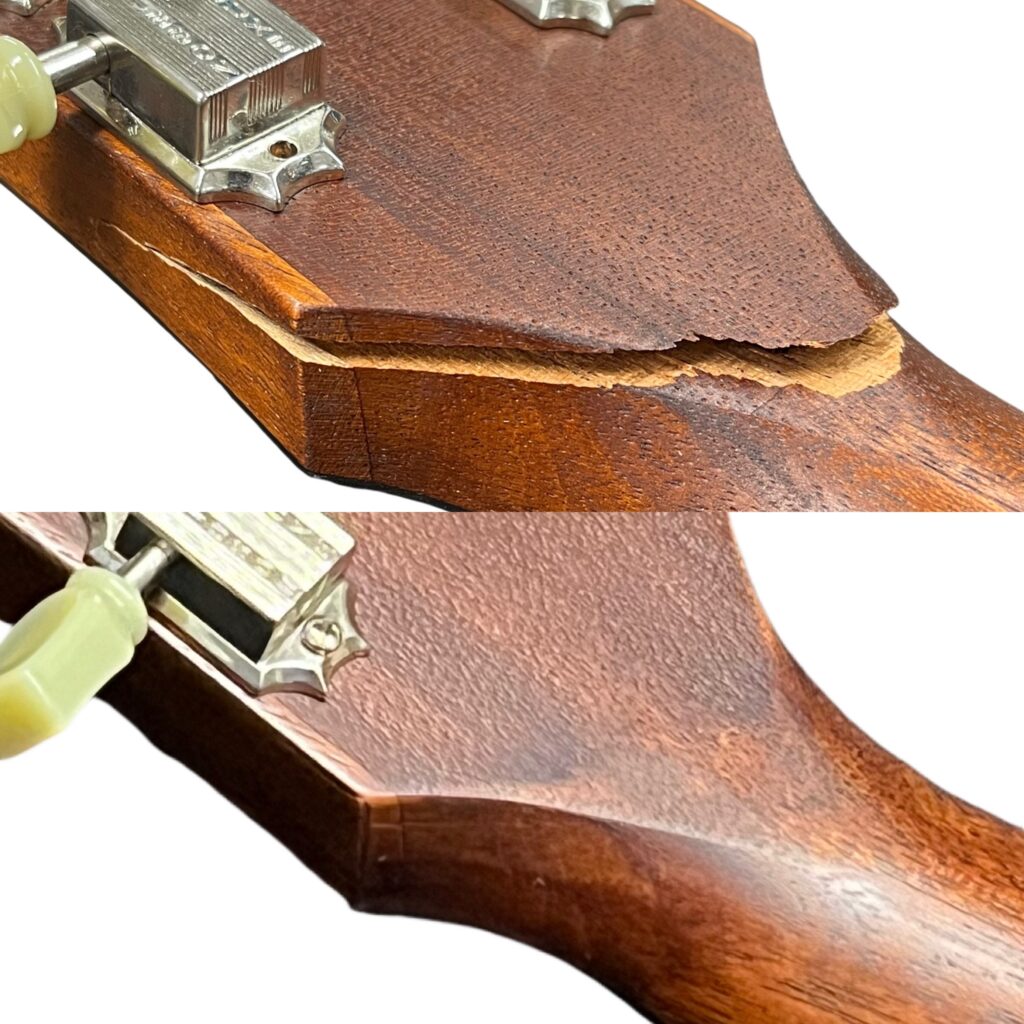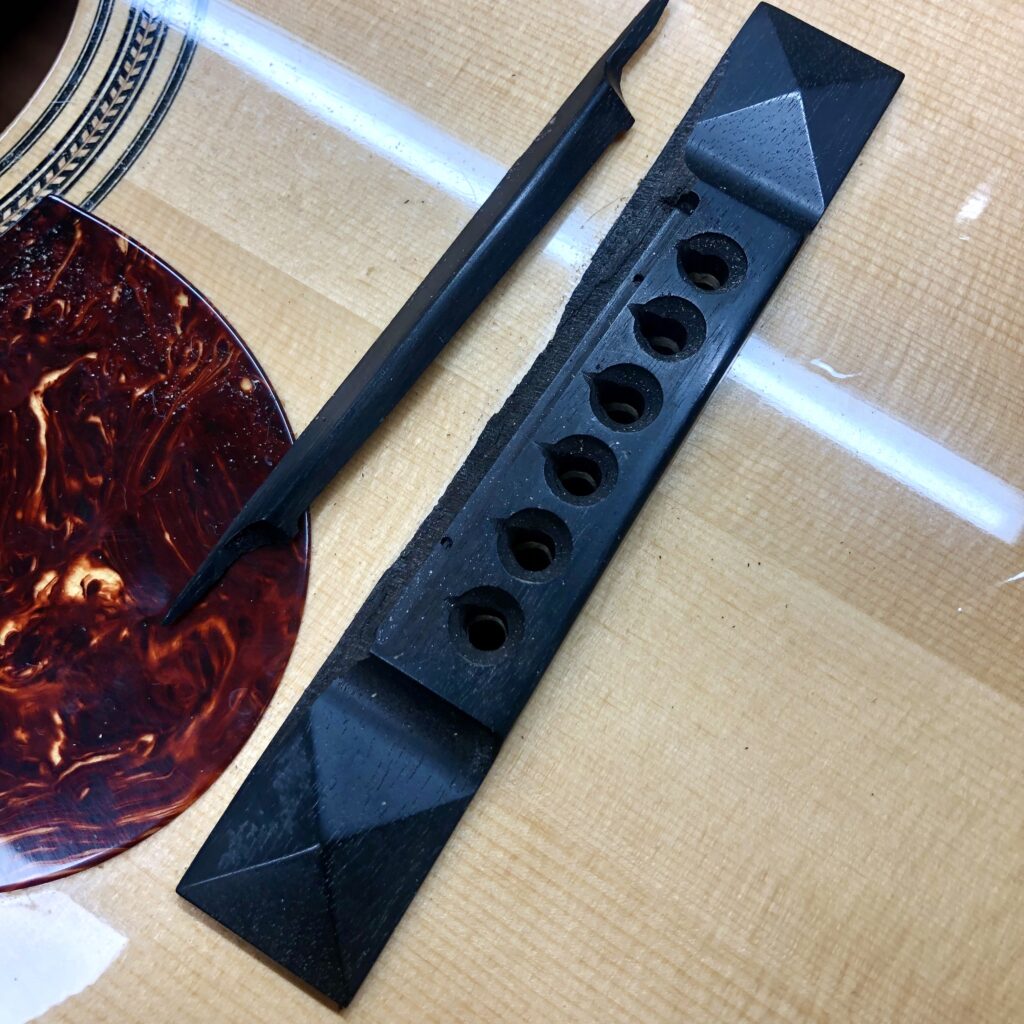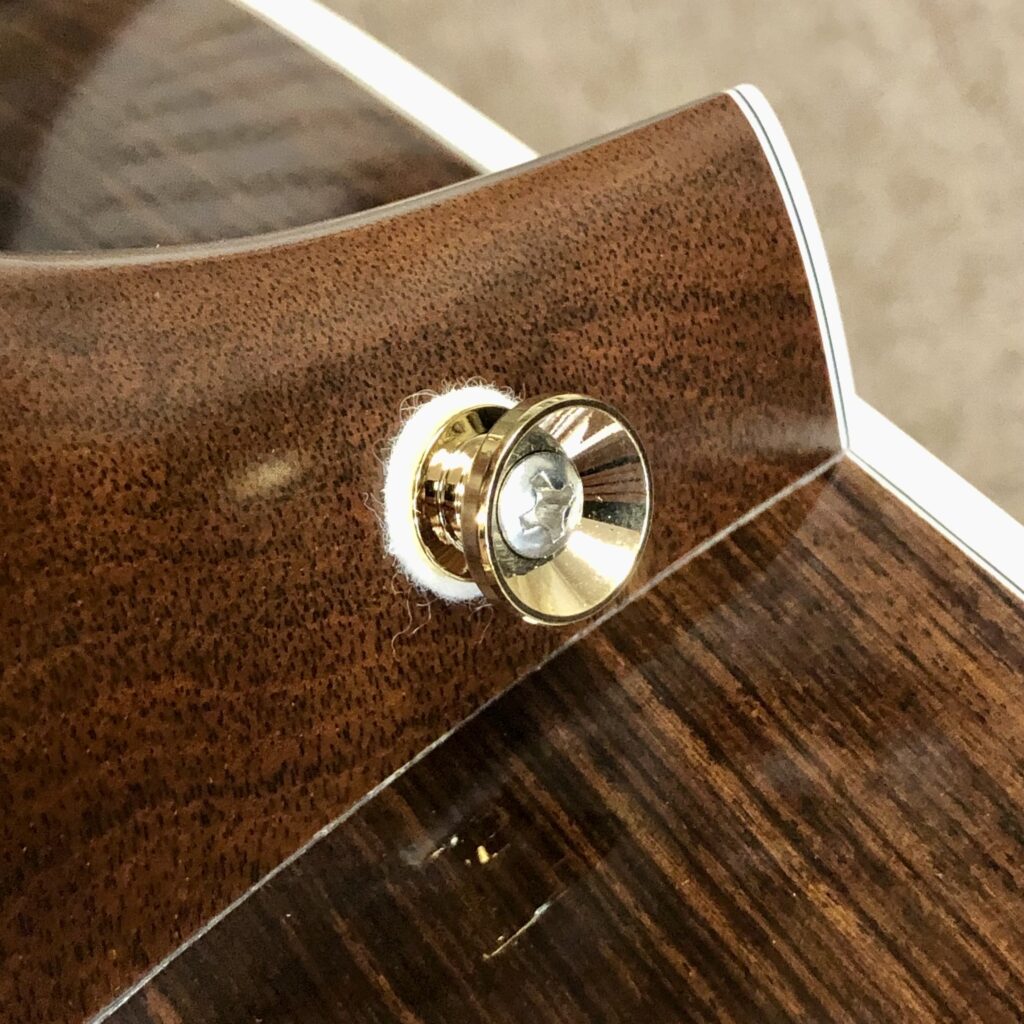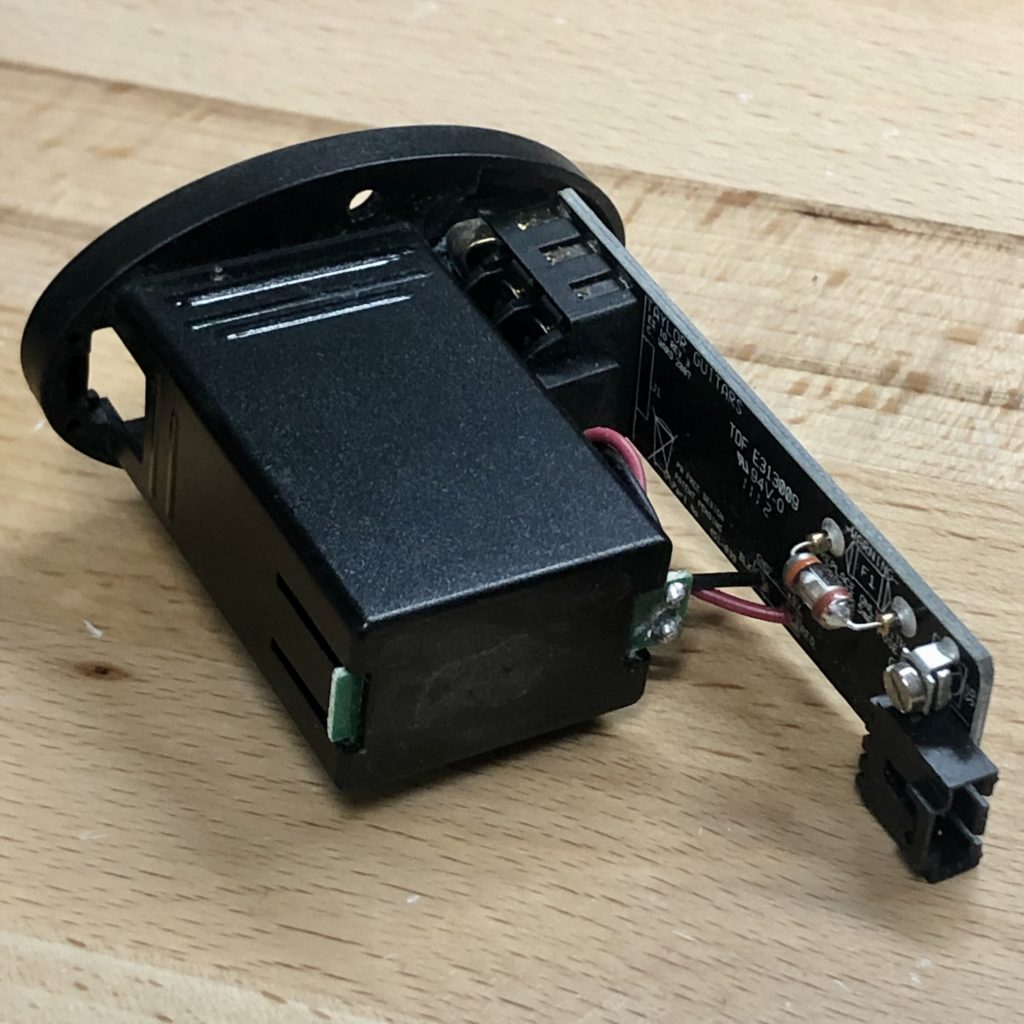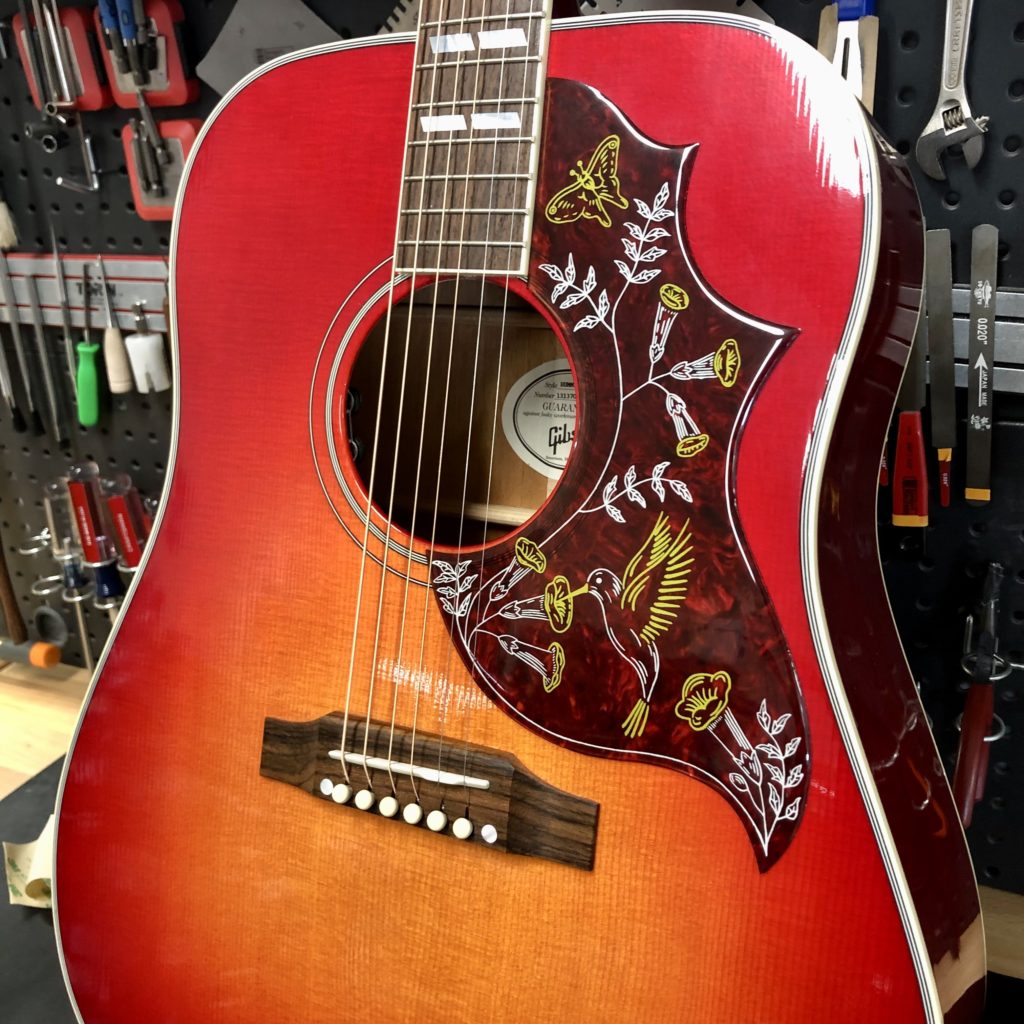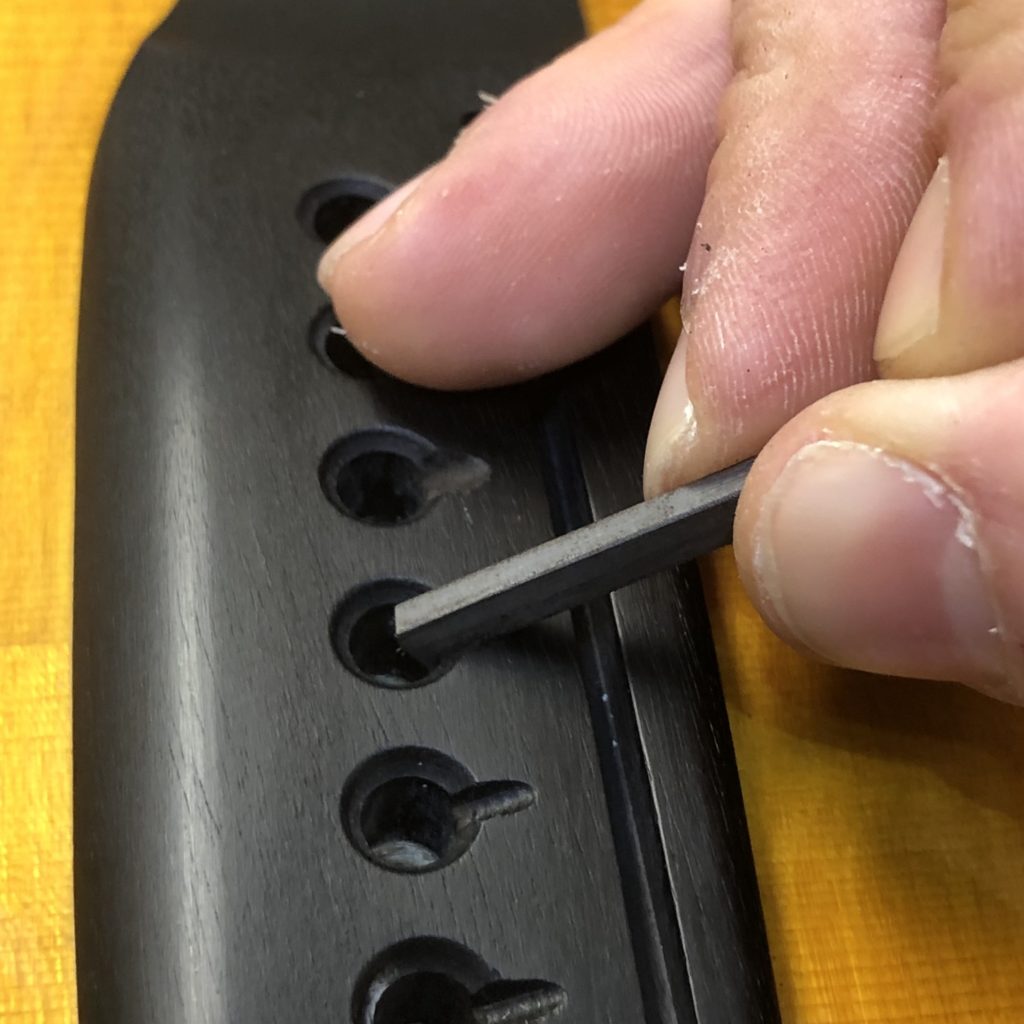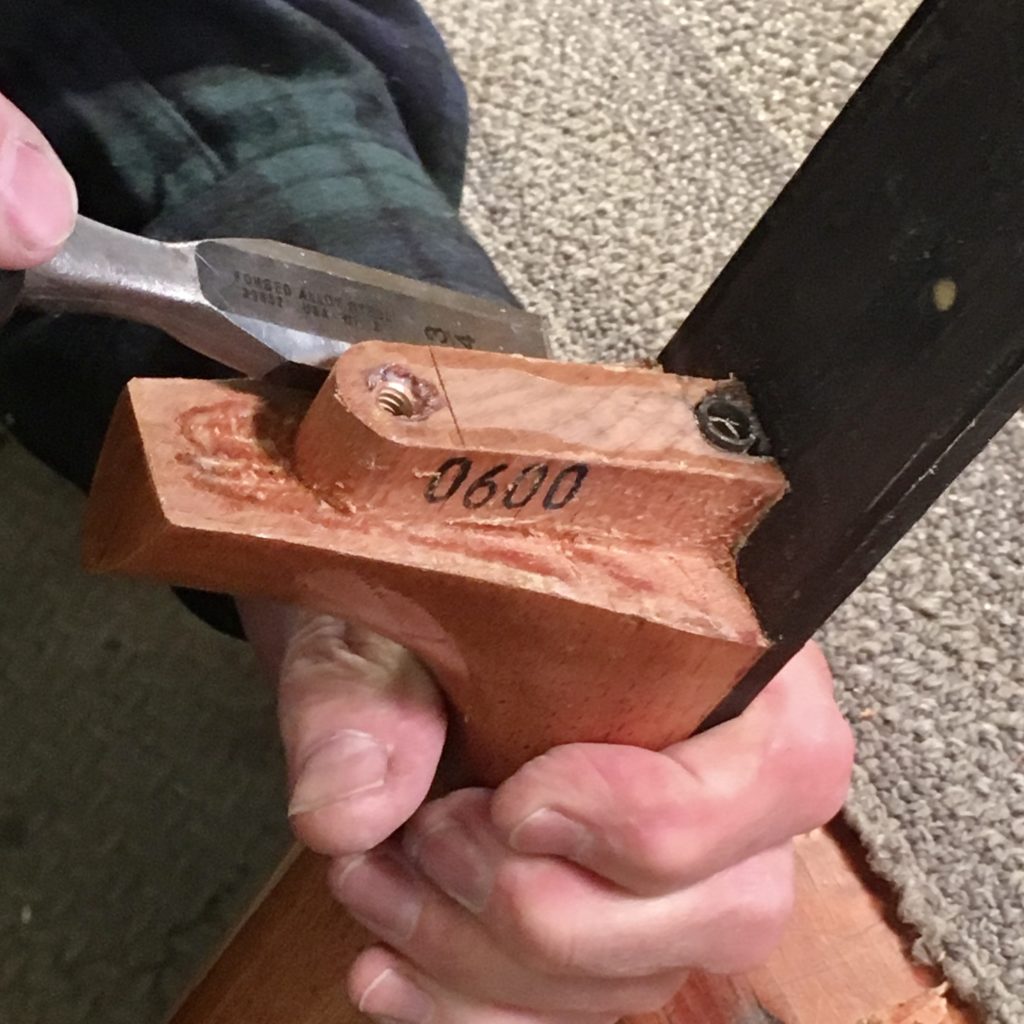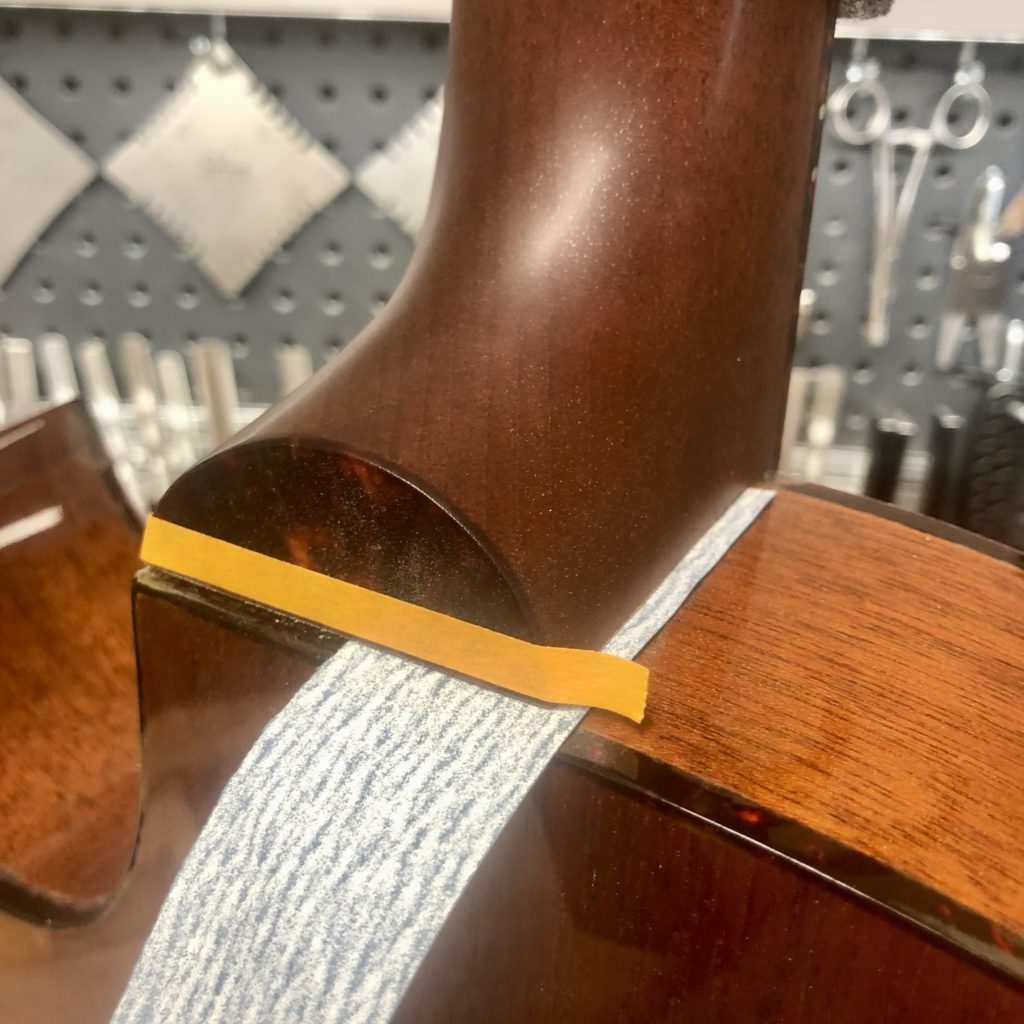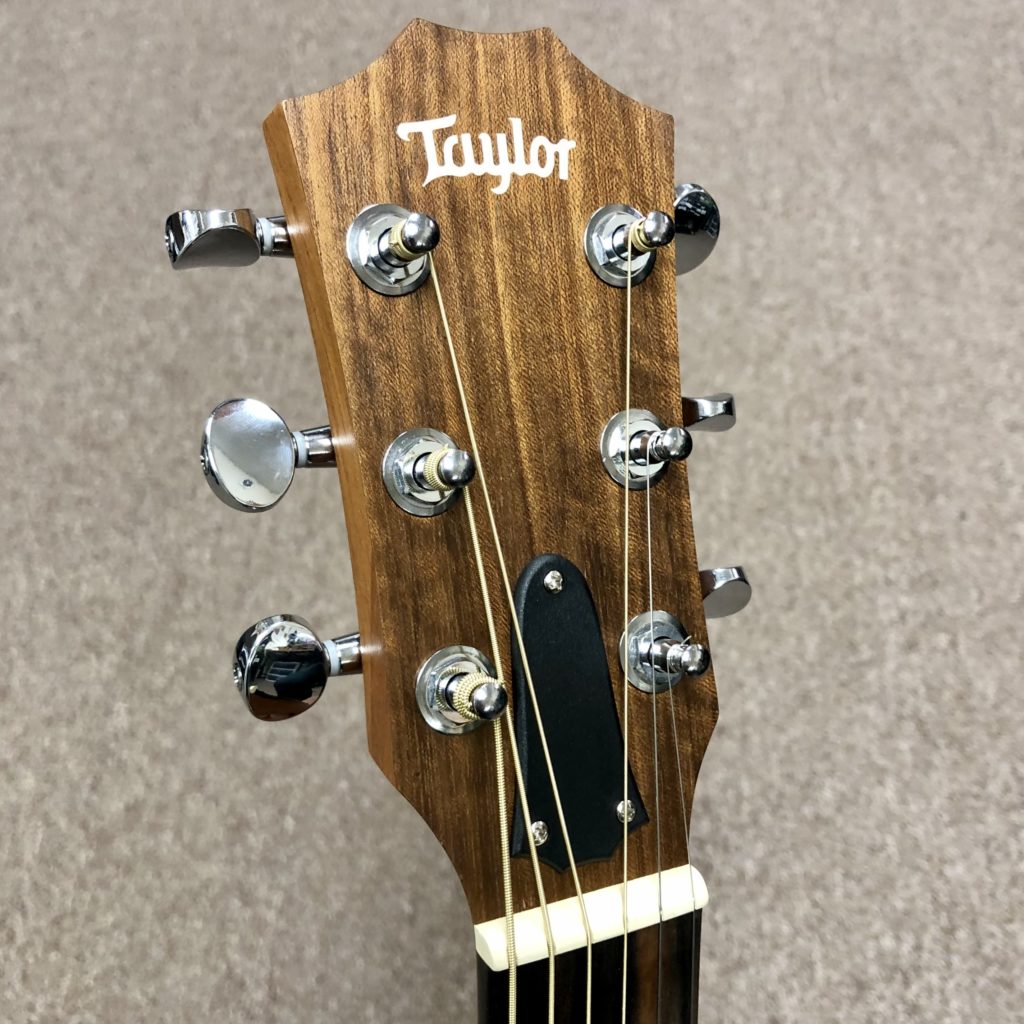Planing a Bridge: Restoring Playability When a Neck Reset Isn’t an Option
For many budget or mid-range instruments, the cost of a neck reset can far exceed the instrument’s market value. For this reason, most guitars that need a neck reset will never receive one. With this in mind, we want to explain a more economical and effective method for restoring playability and action to a guitar that might otherwise be relegated to the closet: Bridge Planing.
Planing a Bridge: Restoring Playability When a Neck Reset Isn’t an Option Read More »

